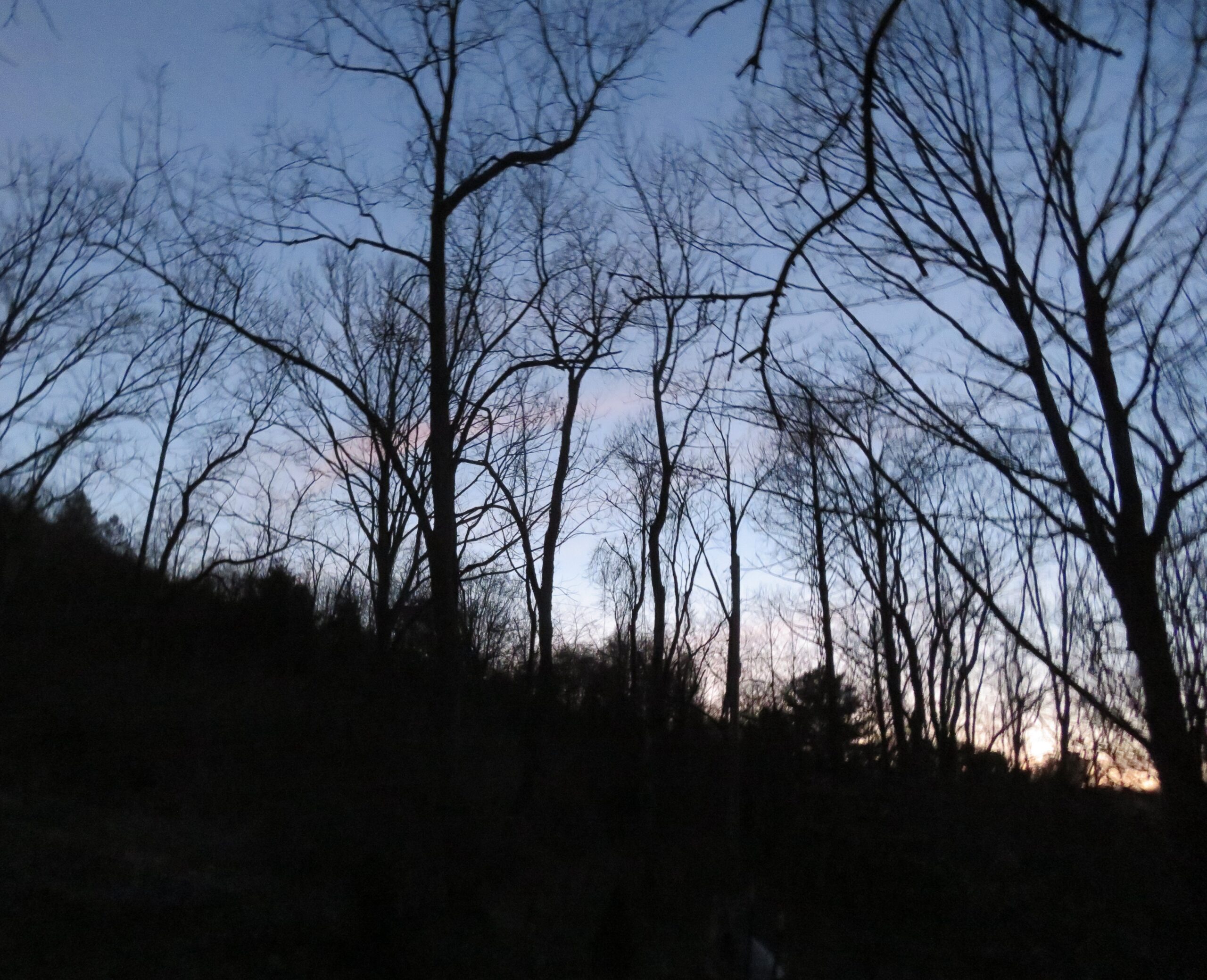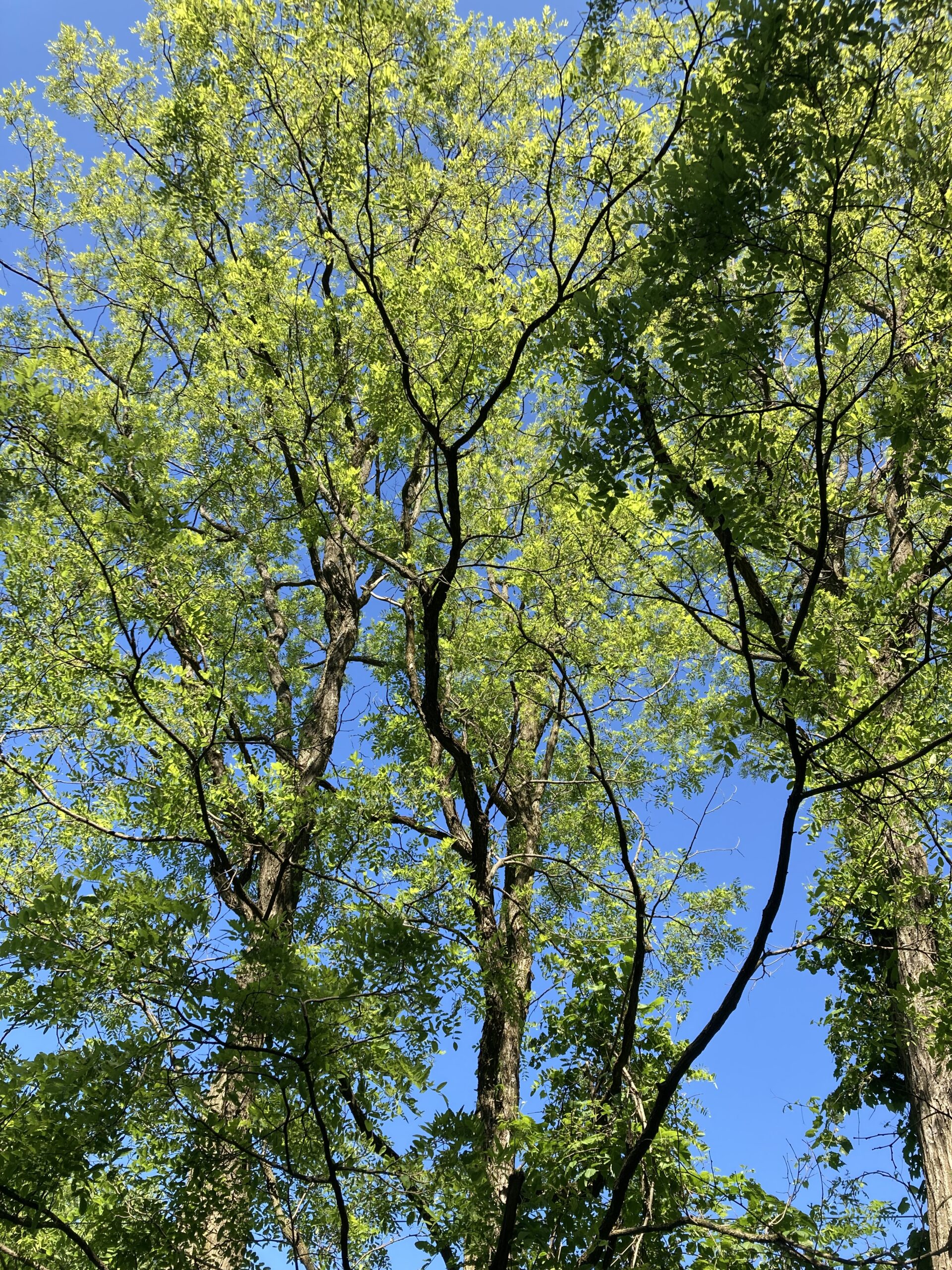All through my life, I felt I would continuously get better at doing things. With practice, I’d improve in sports, or writing, carpentry, cooking⎼ whatever I set my mind and body to do. Maybe most of us feel this way. Practice improves performance. But this is no longer true for me, at least not with physical skills and activities.
I had in the past assumed that if I had a pain, it was temporary. And if I treated it kindly, wisely, and went to consult a doctor or some form of healer, it would eventually go away. No longer. Pains appear and do not always go away. They change all the time, but do not disappear forever.
And meanwhile, time, life can go by too fast. Aging is changing.
The older we get, the faster our days, weeks, lives seem to disappear behind us; or the speed at which our life passes is directly proportional to our age. This seems to be a syndrome that plagues all (or most?) of us as we age. Maybe we should call it the aging time syndrome.
I first heard about it in a college philosophy class. The professor said it was often used as an argument against the existence of an omnipotent, omniscient, and omnibenevolent creator. How could a beneficent God allow time to speed up for us as we got closer to death?
Why it happens is not understood. Is it caused by a slowing down in our ability to process information so we can’t keep up with time passing? Or is it because aging means we have more memories of old moments to shorten our habitation of the new? I don’t know.
But the more I think about it, the more it becomes clear that what happens is not that the present goes by faster. We still have moments that can seem to last forever. What happens, I think, is that as we age, the past gets larger quicker. We look back and suddenly feel the day, the week, the decade⎼ they were here one moment, and too quickly, they’re gone.
Is this sense of the past getting larger quicker an inherited alarm clock? An inborn prompt that evolved to teach us to live the last years or moments we have left more fully?
Last night, I discovered new twists in an old exercise. At 3:30 am, after pain woke me up and I had trouble getting back to sleep, I decided to return to window watching, a practice I had begun earlier this year. But I changed it a bit and discovered new applications for it.
Instead of gazing out the window to simply notice the beauty of the world, I took a breath and then looked to see what before I might have missed. I asked the night what beauty is here that in recent times had eluded me? What had I never verbalized to myself or others, or never felt? Or: what can I perceive now because of what I had noticed before? I looked outside; then closed my eyes and visualized the scene in my mind. Then l opened my eyes and looked again….
*To read the whole article, please click on this link to The Good Men Project.




